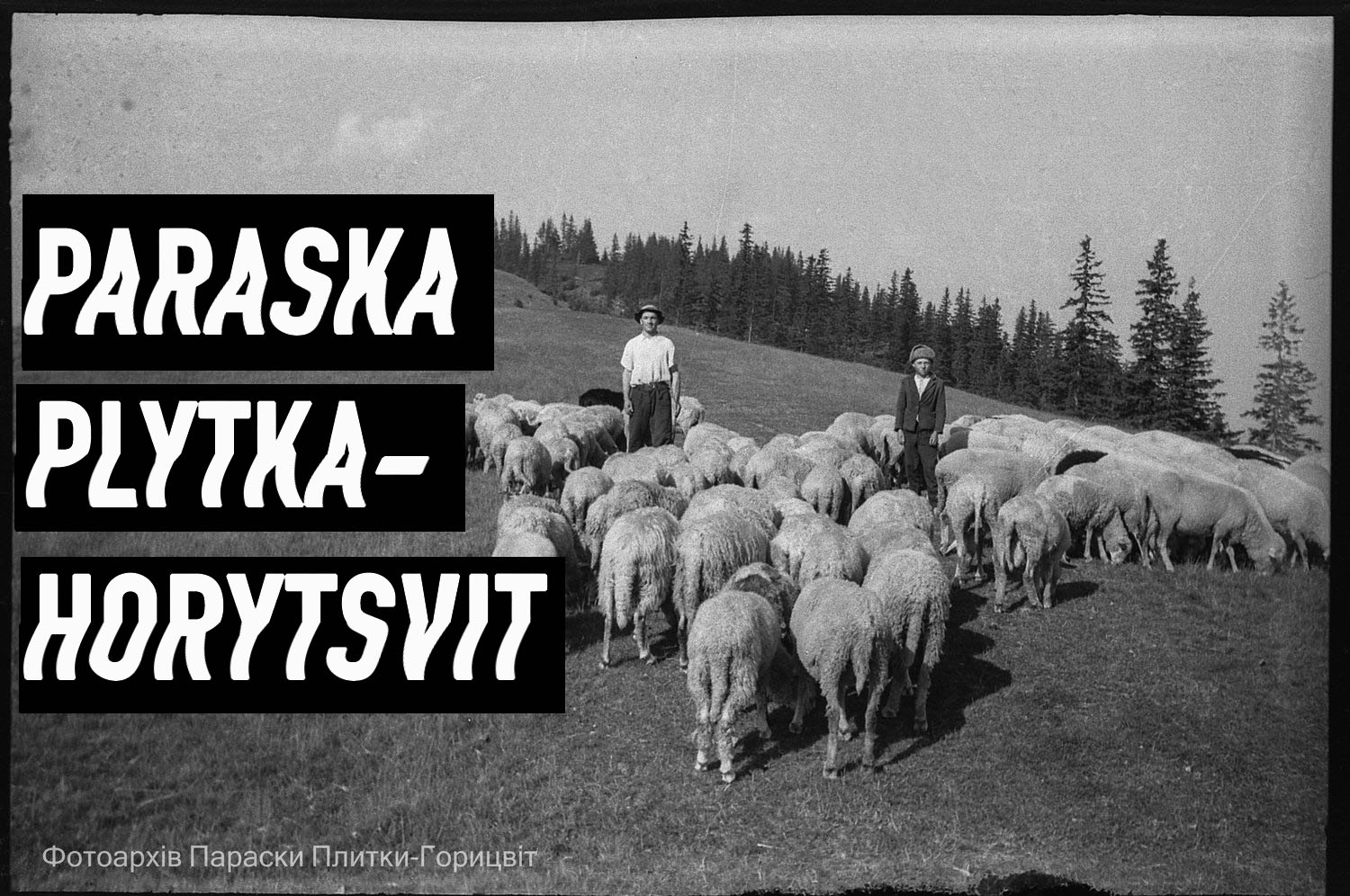
Ukrainian Vivian Maier, Homer of the Ukrainian Carpathians, contemporary Fayum painter and a true Renaissance woman – when it comes to the recently rediscovered Ukrainian artist Paraska Plytka-Horytsvit, the definitions are a tricky part. A bright representative of the so-called naive art, she spent her life taking pictures of her village Kryvorivnia and its dwellers, collecting the local folklore, painting icons, fabricating and illustrating books and writing tales about India. Paraska Plytka Horytsvit art is now presented at Mystetsky Arsenal and here’s what you need to know about it.
WHO IS PARASKA PLYTKA-HORYTSVIT?
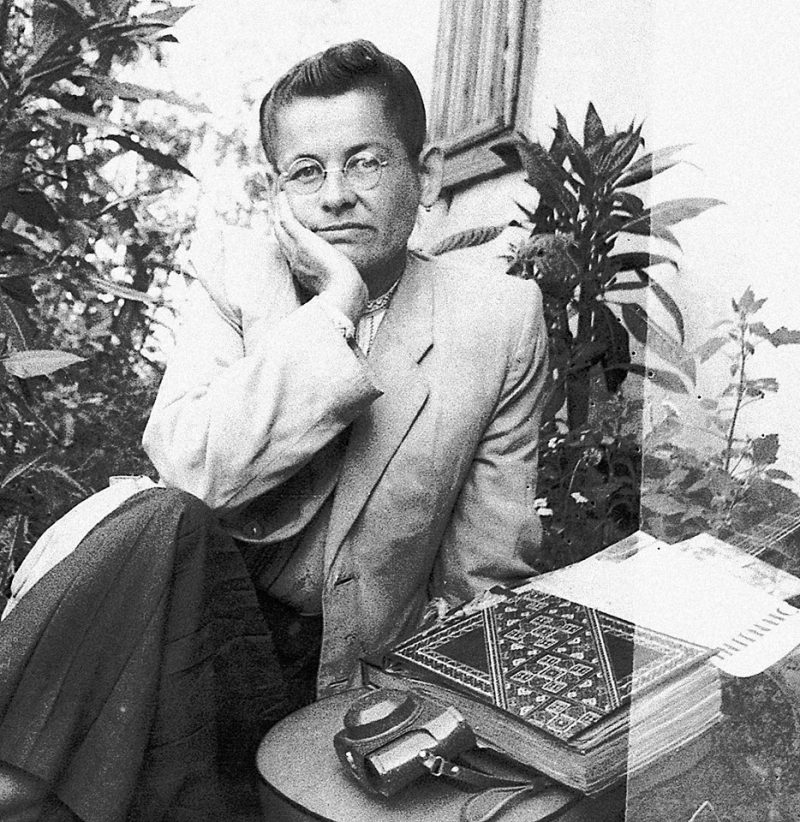
Paraska Plytka-Horytsvit was born in 1927 in Kryvorivnia village in the Ukrainian Carpathians. She finished only four years of school but knew foreign languages and went to Germany when she was 16. There she became one of the many victims of the forced labour. In the 40s, she joined the Ukrainian Insurgent Army, helping insurgents to get food and clothing, and was later arrested in the age of 18. After 10 years in Soviet camps of Kazakhstan, where she got frostbite in her feet and had to use crutches. After that she returned to her home village and spent the rest of her life there – without a husband, children, family or household, entirely dedicating herself to art.
At first, she had difficult times integrating the society, as people would keep distance with her in order to avoid problems with the Soviet regime. Nevertheless, for almost 30 years, Paraska was an unofficial village photographer and gained the respect of the locals by taking pictures and handing them their portraits.
Paraska spent her life as an ascetic, living off what villagers and visitors brought her. She died in poverty and almost blind. She is buried in Kryvorivnia and her house is now transformed into an improvised museum.
DOCUMENTING LIFE IN THE CARPATHIANS
Much like in the case of Vivian Maier, the American street-photographer who became famous after death, the 4000 photos from Paraska Plytka-Horytsvit were discovered only recently and are now generally acclaimed as an important cultural heritage.
From the 70s till the 90s, Paraska was meticulously documenting her surroundings in Kryvorivnia among the Carpathian Mountains. Her photos feature residents of the village in different ages and their occupations, breathtaking landscapes, popular holidays (especially Easter), daily routines and hundreds of impressive portraits. Two men holding a fox they’ve just caught, a kid hiding behind the corn plants, a postman carrying a bag full of letters, hand-coloured pics of the traditional outfits, a guy showing off his new Levi’s jeans and so many piercing, life-asserting looks in the camera – Paraska’s photos are more than just a mere documentation of reality. Those pictures are somehow full of vital energy, compassion and love that she didn’t lose after decades in prison and everyday hardships. Paraska-artist is present in every photo.
An interesting part of the photo archive are so-called tintamarresque portraits. Paraska built a couple of face-in-hole boards and photo stand-ins with inscriptions ‘Hello from Kryvorivnia’ and ‘Hello from the Carpathians’. It was decorated with flowers and traditional patterns.
Most of her works were lost or damaged by time and moisture due to careless storage – Paraska was keeping her archive under her bad and never exhibited it. Nowadays, an initiative group of the Ukrainian artists and curators has created a digital archive of Paraska’s photos.
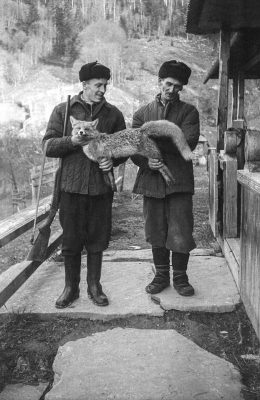
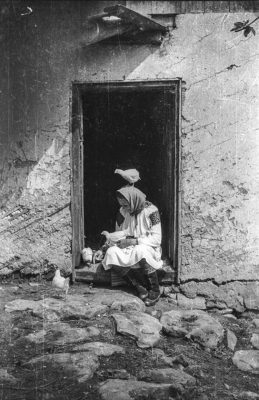
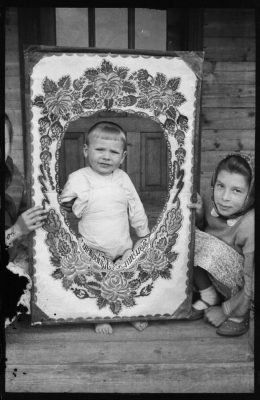
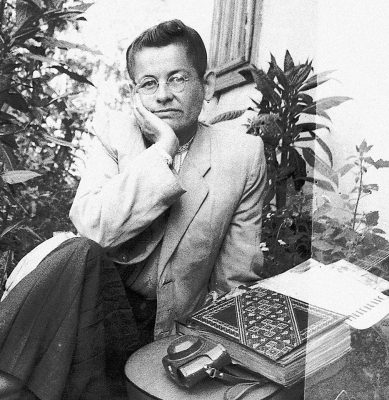
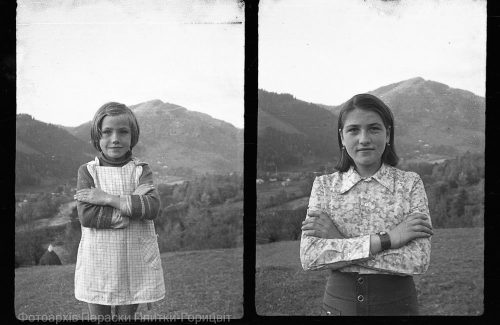
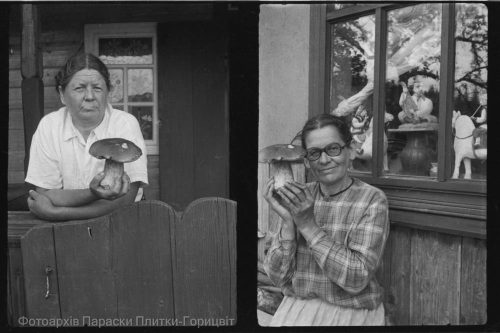
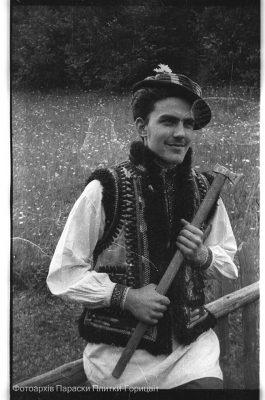
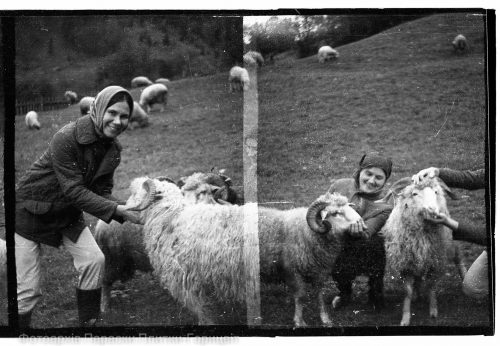
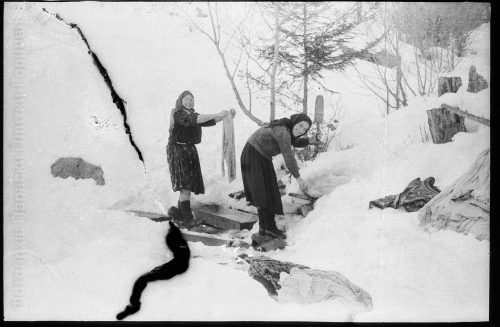
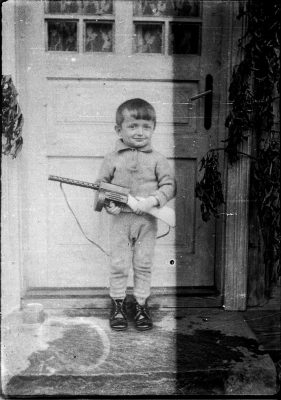
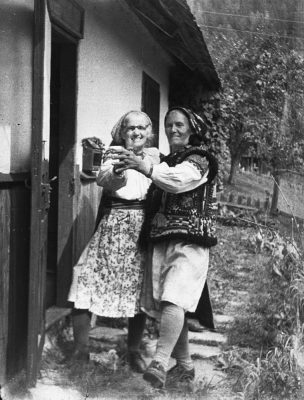
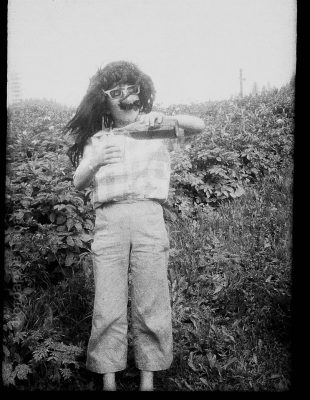
A reality of one's own
The rich photographic heritage is complemented by Paraska’s other creations. For instance, she was fascinated by the Carpathian’s nature – magnificent landscapes, misty mountain chains, thick pine trees forests. She left after herself the albums full of Carpathian sceneries depictions and poems. Secondly, Paraska’s literary legacy is comprised of over 40 hand-written, hand-decorated and hand-crafted books. She used the cigarettes’ packs to fabricate book covers in the papercutting technique called Vytynanky.
Moreover, she recorded songs and folk customs of her region, created the vocabulary of the Hutsul dialect and wrote her tales. Her graphic novels depict how Hutsuls fly on elephants and speak to hedgehogs in India. Paraska went far enough and even created her alphabet – a mixture of Georgian writing with Sanskrit motives.
Altogether, her art is an outstanding example of the creative force and integrity. Despite the years of exclusion and ascetic lifestyle, not leaving her tine home village, Ukrainian artist Paraska Plytka-Horytsvit managed to create her fantastic universe, to overcome the gravity and to travel through time and space, thus becoming one of the most powerful cultural symbols of Western Ukraine.
TO GO FURTHER
Paraska Plytka-Horytsvit’s story has recently become an object of a documentary film by Maksym Rudenko. It gives interesting insights about her life and legacy.
Sources: Exhibition ‘Overcoming Gravity’ at Mystetskiy Arsenal, Photo archive of Paraska Plytka-Horytsvit
SEE KYIV is an alternative city guide by locals and documentary web series on culture, art, society and politics, centered around the Ukrainian capital of Kyiv. Check out more articles about Ukrainian artists and exhibition reviews here.
